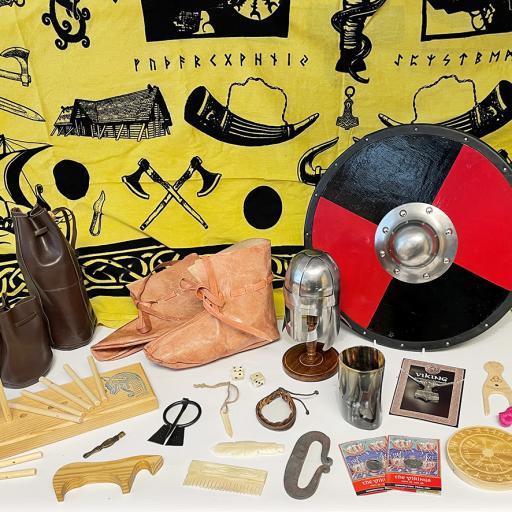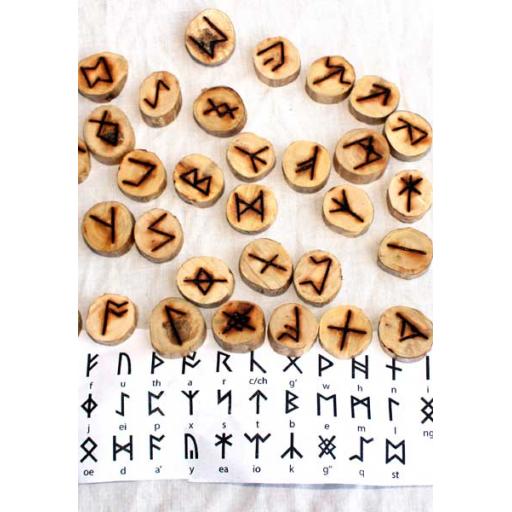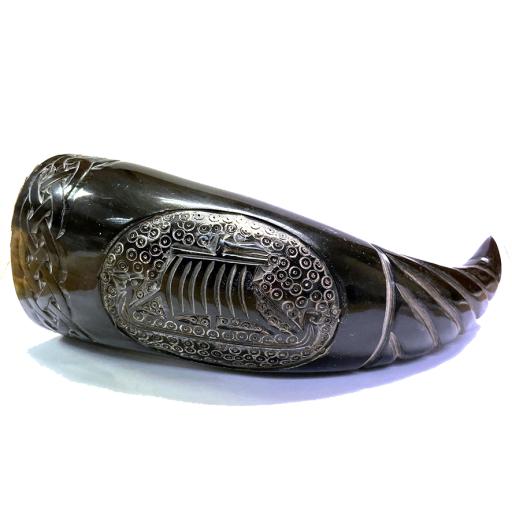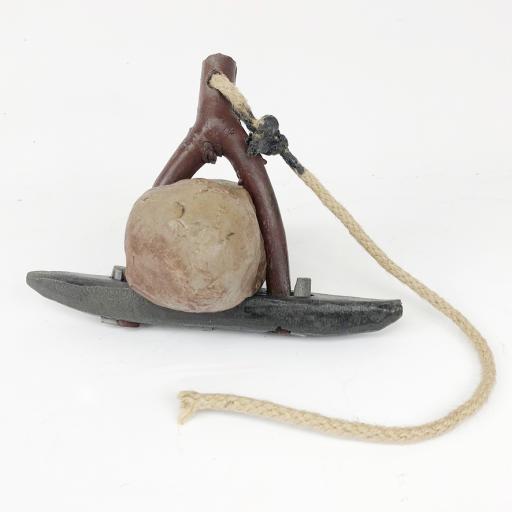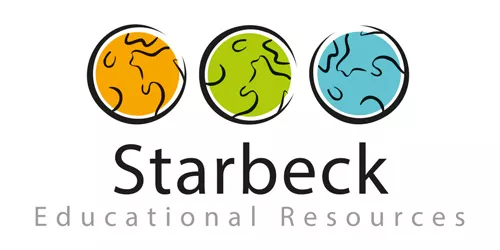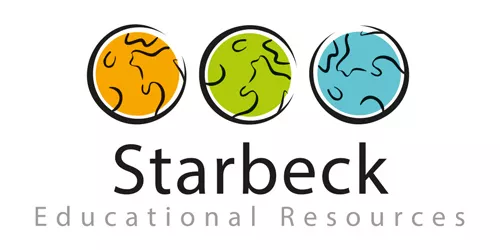The Vikings: Exploring Viking Artefacts.
Objectives:
-
To introduce students to the Viking era and culture
-
To identify and explore Viking artefacts and their uses
-
To learn about the lifestyle, beliefs and values of the Vikings
-
To promote curiosity and interest in history.
Materials:
Procedure:
Introduction:
Begin the lesson by asking students if they have ever heard of the Vikings. Ask them what they know about Vikings, and write their responses on the board.
Explain that the Vikings were a group of people who lived in Scandinavia more than a thousand years ago. They were known for their seafaring abilities, their skill in crafts and metalworking, and their fierce warrior culture.
Display posters of Viking ships, warriors, and artefacts around the classroom to create a stimulating learning environment.
Artefact Exploration:
Provide each student with one or two artefacts from the list above.
Ask students to examine their artefacts closely, and to try and guess what the object was used for.
Once students have made their guesses, provide them with the correct answer and explain the object's use and significance in Viking culture. For example, explain how the drinking horn was used for drinking mead, or how the horn needle was used for sewing clothing.
Allow students to handle and explore the artefacts, encouraging them to ask questions and share their observations with the class.
Create a display of the artefacts in the classroom for students to revisit throughout the unit.
Viking Lifestyle and Culture:
Use the Viking artefacts as a starting point to discuss Viking lifestyle and culture.
Ask students to consider what they have learned about Viking artefacts and how they reveal aspects of Viking life, such as their beliefs, values, and daily activities. For example, explain how Viking jewellery was used to display status and wealth, or how the blowing horn was used to signal in battle.
Engage students in discussions about Viking social structures, food, clothing, and customs.
Show students pictures of Viking longboats and explain how the Vikings travelled, traded, and raided using their ships.
Activity:
Provide students with a peg loom and encourage them to make a small piece of Viking-inspired fabric. You can also provide students with yarn, wool or string to weave with.
Ask students to design their own Viking shield or helmet using paper and markers.
Provide students with Viking rune symbols and ask them to create their own messages using the runes.
Finish the activity by encouraging students to share their creations with the class and explain the inspiration behind them.
Conclude the lesson by asking students to reflect on what they have learned about Viking artefacts and culture. Encourage students to share their favourite artefact and what they found most interesting.
Display the students' creations in the classroom to celebrate their learning.
Assessment:
-
Students' engagement and participation in artefact exploration and discussions
-
Completion of the weaving, shield or rune message activities
-
Reflection on learning through classroom discussion or written reflection
Extension:
-
Visit a local museum or historical site that features Viking artefacts
-
Read Viking-inspired literature, such as the "How to Train Your Dragon" series by Cressida Cowell.
Making Viking Artefacts:
-
As a fun activity, the students can make their own Viking artefacts using materials such as clay, cardstock, and paint. They can create their own mini Viking helmet, shield, or viking brooch using clay or cardstock, and decorate it with paint or markers. The students can also make their own blowing horn by rolling a piece of paper or cardstock into a cone shape and decorating it with markers or paint. For the horn bowl, horn spoon, and horn needle, the students can use a peg loom to create a small weaving project.
Creating Runes:
Viking Games:
To give the students a better understanding of Viking culture, they can play traditional Viking games such as Hnefatafl (a board game similar to chess), Kubb (a lawn game that involves knocking over wooden blocks with wooden batons), and tug of war.
Viking Feast:
As a culminating activity, the students can participate in a Viking feast where they can use the large engraved drinking horn, viking tankard, and other Viking artefacts that they have made or learned about. They can also try traditional Viking food such as meat, fish, vegetables, and bread.
Overall, this lesson plan will help primary school children learn about Viking culture and artefacts in a fun and engaging way. The hands-on activities and use of artefacts will allow them to have a deeper understanding of Viking life and history.
